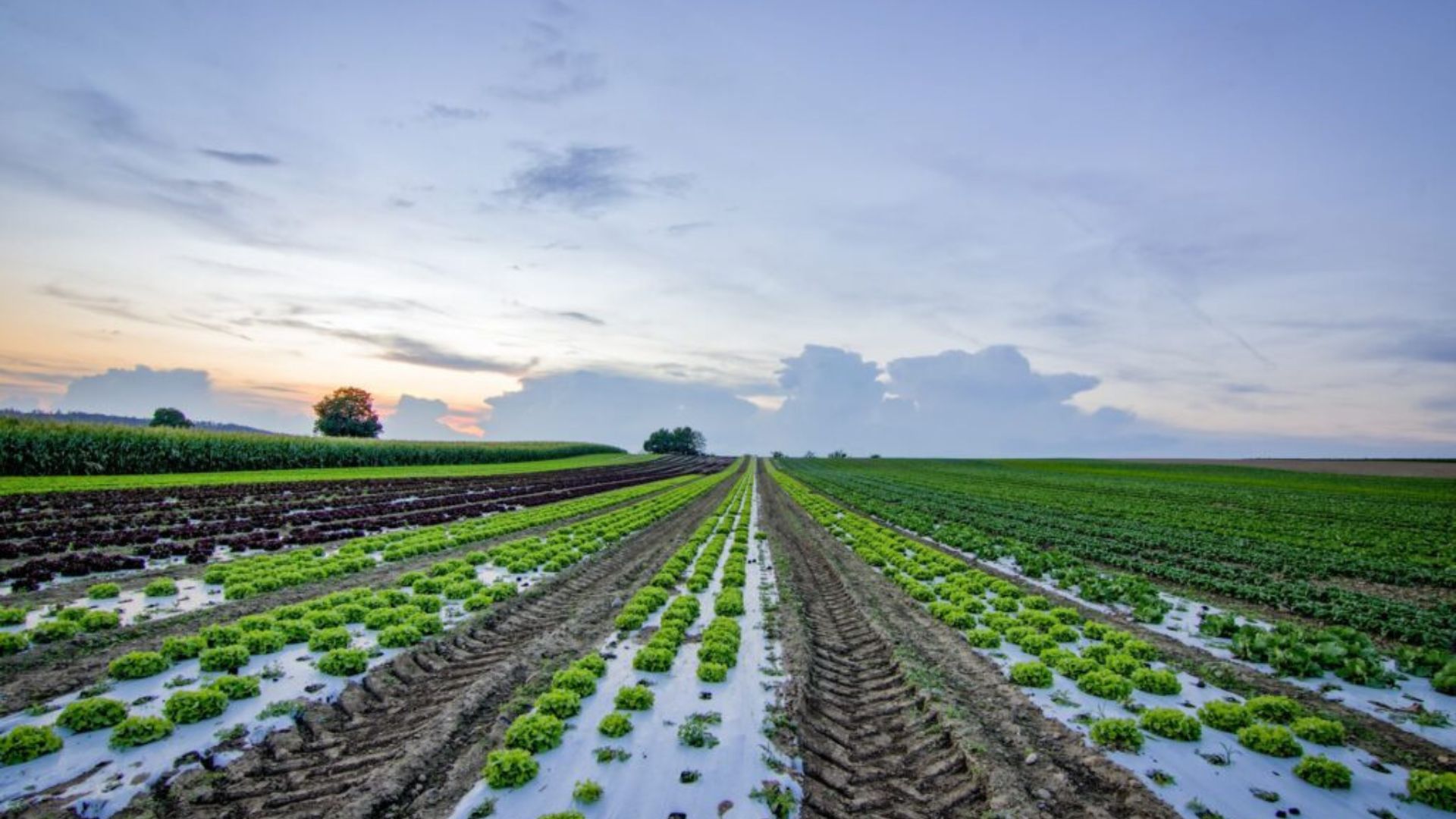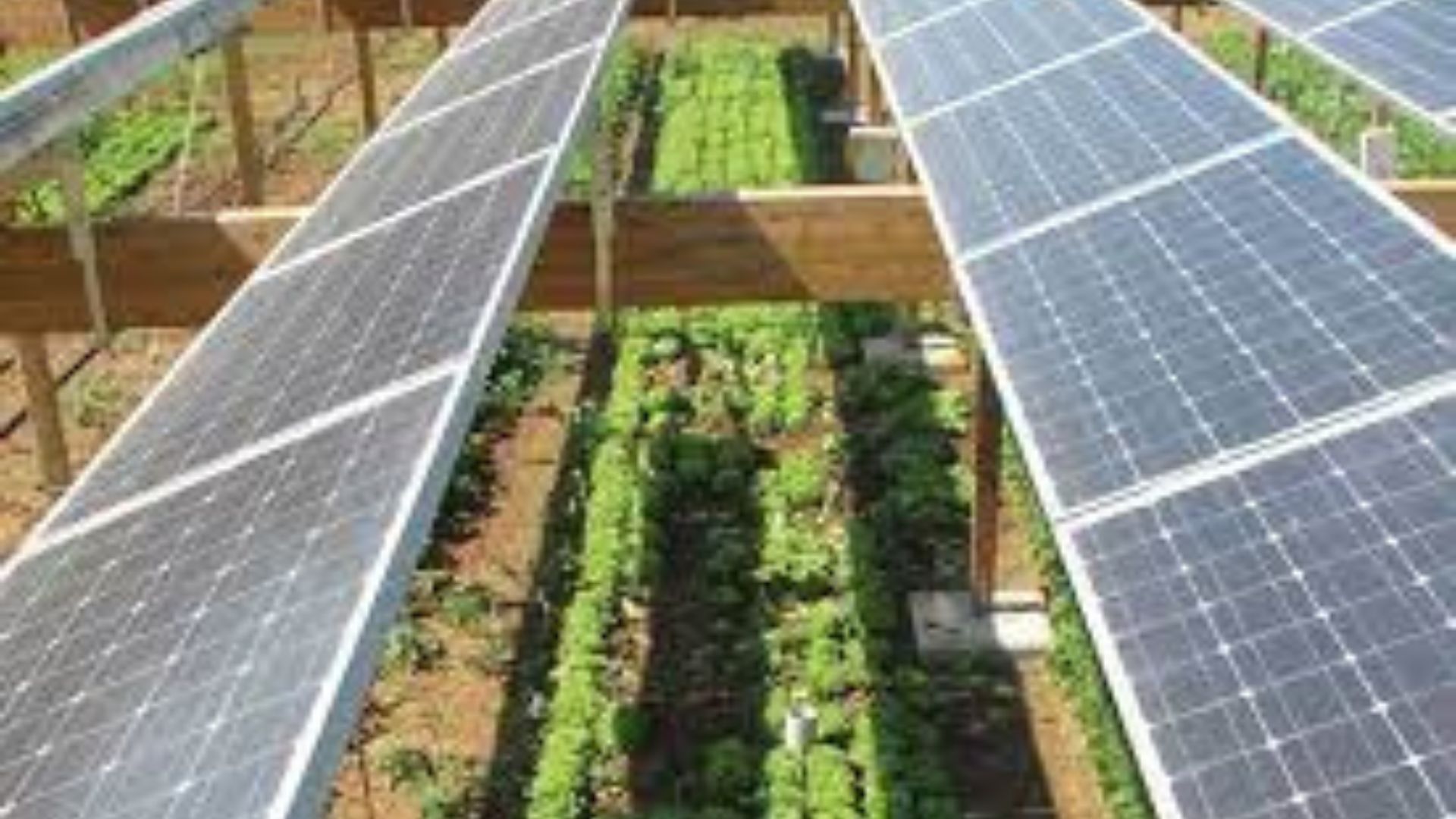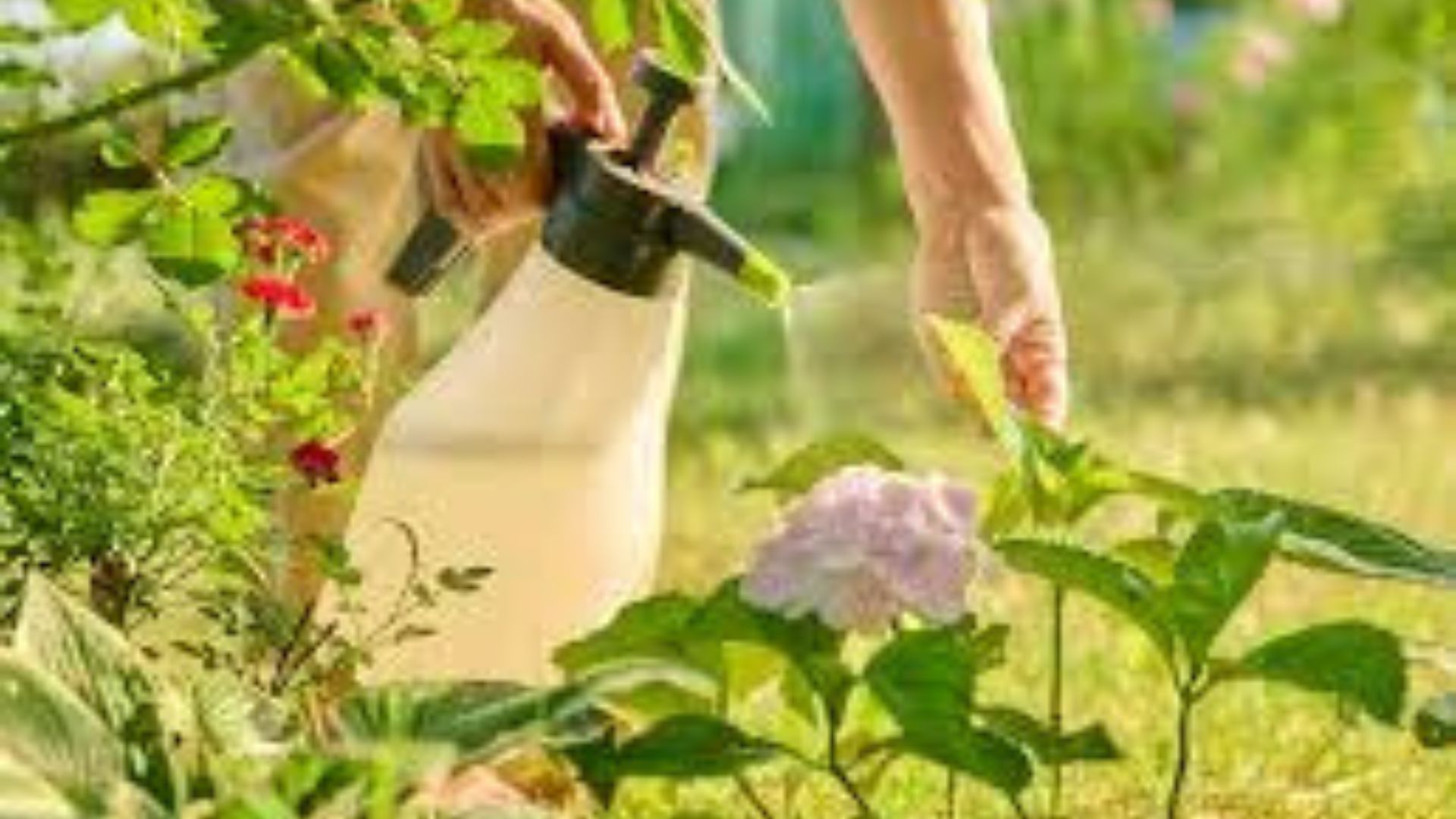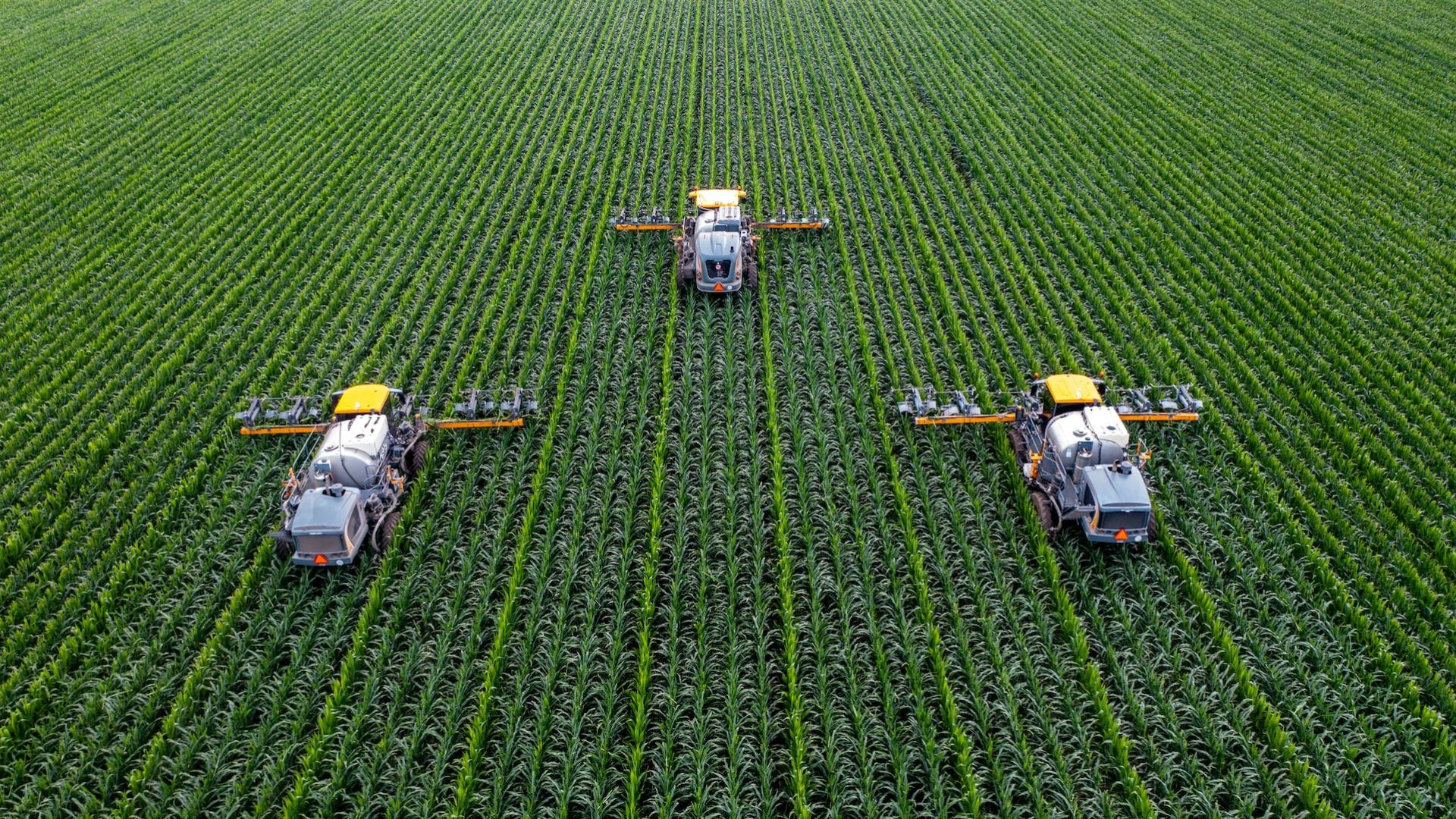Using cover crops is one of the most effective strategies for building resilient, productive soil. Whether you’re managing a small garden, a nursery, or a large farm, the benefits of cover crops go far beyond just covering bare ground. These plants protect, feed, and prepare the soil between growing seasons, helping you grow stronger crops with fewer inputs. Let’s explore how cover crops can transform your soil health and long-term yields.
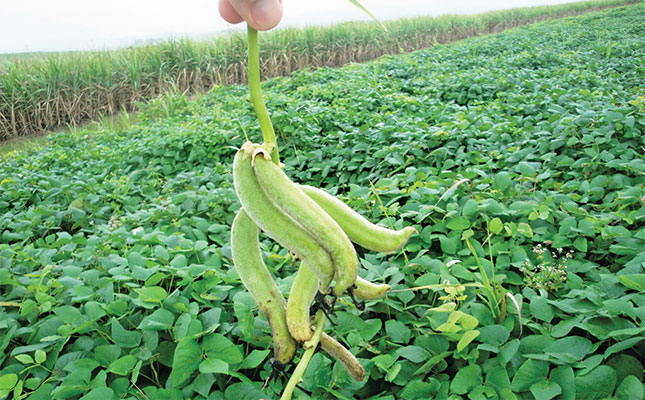
Improve Soil Fertility Naturally
One of the top benefits of cover crops is their ability to improve soil fertility without synthetic fertilizers. Leguminous cover crops, like clover, vetch, and peas, have the unique ability to fix nitrogen from the air and release it into the soil. When incorporated back into the ground, these plants decompose and release essential nutrients. This process boosts soil nutrition for the next planting cycle, reducing the need for chemical fertilizers and saving money over time.
Prevent Soil Erosion and Compaction
Bare soil is vulnerable to erosion from wind and water. Cover crops create a protective canopy that shields the soil surface from heavy rain and reduces runoff. Their roots hold soil in place and improve its structure, reducing the chances of compaction—especially in heavy clay soils. Over time, deep-rooted cover crops like daikon radish or ryegrass help loosen compacted layers, allowing better water infiltration and root growth for future crops.
Suppress Weeds and Reduce Labor
Another major advantage of using cover crops is natural weed suppression. Fast-growing cover crops like rye, buckwheat, and oats compete with weeds for sunlight, nutrients, and space. This thick cover shades out unwanted plants and reduces the seed bank in the soil. By planting cover crops during the off-season, you’ll spend less time weeding and more time focusing on healthy plant growth. It’s a natural and effective way to reduce weed pressure without herbicides.
Support Soil Microorganisms and Biodiversity
Healthy soil is alive with beneficial microbes, fungi, and insects. Cover crops provide the organic matter and root exudates that feed these tiny organisms, promoting a thriving underground ecosystem. Increased microbial activity leads to better nutrient cycling, disease suppression, and overall soil vitality. Additionally, flowering cover crops like mustard or phacelia attract pollinators and predatory insects, improving the biodiversity both above and below ground.
Improve Moisture Retention and Drought Resistance
The benefits of cover crops extend to water management as well. By adding organic matter to the soil and improving its structure, cover crops increase moisture retention. This helps during dry spells by keeping the soil cooler and reducing evaporation. In drought-prone regions, planting cover crops between main crops can make a big difference in maintaining soil health and supporting future plantings without over-relying on irrigation.
Reduce Pests and Diseases Naturally
Some cover crops have natural pest-repellent properties. For example, mustard and marigold cover crops produce compounds that suppress soil-borne pests and nematodes. Others, like rye or sorghum, release allelopathic chemicals that inhibit weed seed germination. Additionally, rotating cover crops helps break pest and disease cycles by disrupting the conditions that pests need to thrive. This integrated approach supports a more resilient growing system with fewer chemical interventions.
Conclusion: Build Better Soil with Cover Crops
Incorporating cover crops into your farming or gardening routine offers numerous long-term advantages. The benefits of cover crops include improved soil fertility, reduced erosion, weed suppression, better moisture management, and enhanced biodiversity. They’re a simple, cost-effective way to maintain and even improve your land between crop cycles. Whether you’re growing food for your family or managing acres of farmland, cover crops are a sustainable solution for building healthy, productive soil year after year.






